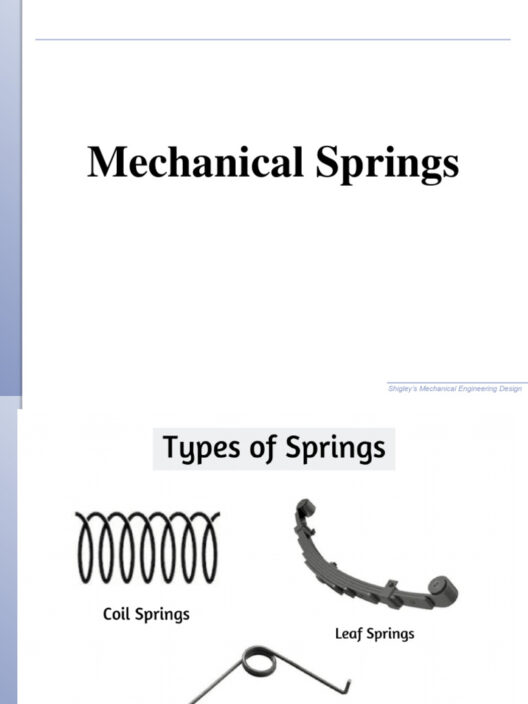In the realm of classical mechanics, the phenomenon of inelastic collisions offers a profound insight into the behavior of kinetic energy and momentum. To delineate the specifics, one must consider the fundamental principles governing collisions, especially how kinetic energy transpires during such events. Inelastic collisions are characterized by the eventual coalescence of two or more masses, resulting in a transformation of energy that is decidedly more complex than in elastic collisions. This ensuing discourse aims to elucidate the intricacies surrounding translational kinetic energy and its conservation—or lack thereof—during inelastic collisions.
To appreciate fully whether translational kinetic energy is conserved, it is vital to first define translational kinetic energy. It refers to the energy that an object possesses due to its motion through space, which can be mathematically expressed by the formula KE = 1/2 mv², where ‘m’ stands for mass and ‘v’ represents velocity. This form of kinetic energy is pivotal in collision analysis as it encapsulates the entire motion of the involved bodies.
When a perfectly elastic collision occurs, both momentum and kinetic energy are conserved. However, in inelastic collisions, while momentum is conserved, kinetic energy is not. The crux of the matter lies in the very definition of inelastic collisions; energy is dissipated in forms such as heat, sound, or deformation of the colliding bodies. As a result, the total kinetic energy after the collision is less than what it was prior to the interaction.
The reasoning governing the conservation of momentum in inelastic collisions can be elucidated through the law of conservation of momentum. In essence, the initial momentum of a system before the collision (the vector sum of the momenta of all bodies) will equal the final momentum after the collision. However, despite this conservation of momentum, the translational kinetic energy transforms: it does not remain constant as a parameter. This dichotomy often leads to misconceptions about energy in physical interactions.
To exemplify, consider a scenario involving two vehicles colliding at an intersection. Upon impact, the two cars may crumple, stick together, and move as a single entity post-collision. Here, the initial kinetic energies of the vehicles prior to the collision will not equate to the kinetic energy of the fused wreckage. The energy lost manifests in various forms – heat generated by friction, sound produced by the collision, and the deformation of metal structures. Such an analysis showcases that translational kinetic energy is not conserved in this sense.
Moreover, examining the coefficient of restitution offers insight into the nature of inelastic collisions. This dimensionless quantity ranges from 0 (indicative of a perfectly inelastic collision) to 1 (characteristic of an elastic collision). In an inelastic interaction, the coefficient of restitution is invariably less than 1, highlighting an energy conversion that compromises translational kinetic energy conservation.
In considering types of inelastic collisions, one encounters two critical variations: perfectly inelastic and partially inelastic collisions. In a perfectly inelastic collision, the maximum kinetic energy is converted into other forms of energy—such that the colliding objects stick together, moving as one mass. Conversely, during a partially inelastic collision, the objects separate post-impact, yet still experience a loss in kinetic energy. Both scenarios firmly establish that translational kinetic energy is partially retained but not conserved through the mechanism of elastic behavior.
Furthermore, the implication of inelastic collisions extends beyond mere theoretical considerations. In engineering, safety designs for vehicles, for example, incorporate the understanding that kinetic energy is not conserved. Modern crumple zones are implemented to manage and absorb the kinetic energy during a collision, thereby enhancing passenger safety while acknowledging that this energy will dissipate as non-useful work rather than preserve translational motion.
In a broader context, the environmental ramifications of energy conservation in collisions impart significant insights. Inelastic collisions are not restricted to mechanical motions; they mirror energy conservation principles in ecological systems. Just as kinetic energy is transformed in collisions, energy flows within ecosystems and reservoirs exhibit similar transformations. This highlights the interconnectedness of physical principles with environmental science, reinforcing the paramount importance of understanding energy dynamics in various contexts.
In the discourse concerning translational kinetic energy in inelastic collisions, it becomes evident that energy metamorphosis is an intrinsic aspect of interaction. While momentum remains steadfastly conserved, kinetic energy is invariably dissipated, echoing through sound, thermal emissions, and structural deformation. Embracing this duality lays the groundwork for advancements in safety design, ecological understanding, and energy conservation strategies. Thus, delineating the nature of kinetic energy during inelastic collisions serves as an invaluable exploration of fundamental physical laws, ultimately leading to wider implications for both technology and environmental stewardship.
In conclusion, the study of collisions—especially the inelastic variety—unveils the complexity of kinetic energy transformations. While translational kinetic energy is not conserved in the strictest sense, a deeper appreciation for how energy transitions among forms provides clarity in understanding not only mechanical systems but also broader ecological interactions. Such knowledge underpins innovations aimed at enhancing energy efficiency and sustainability, echoing the timeless significance of conservation in both physics and environmental advocacy.








